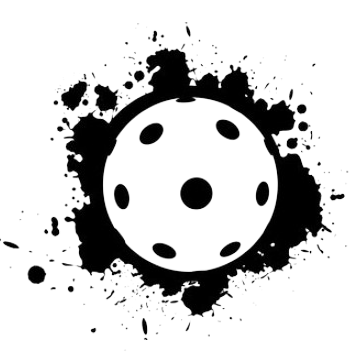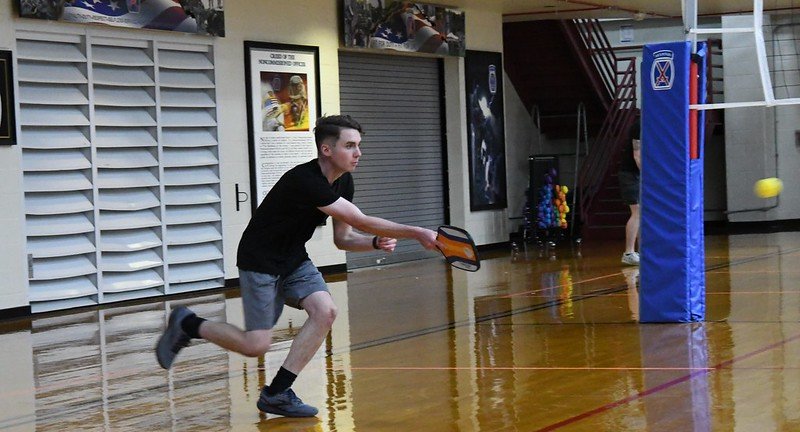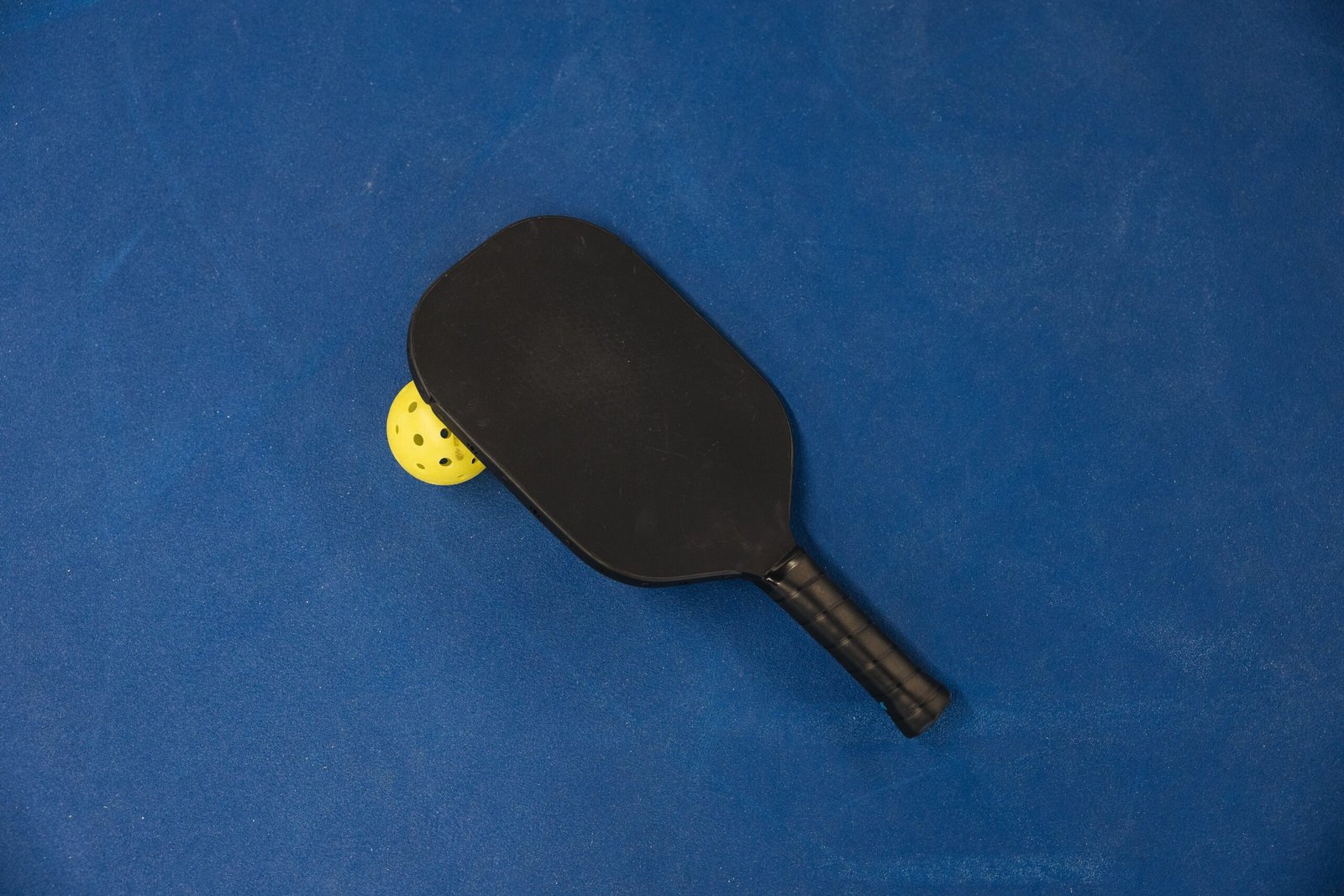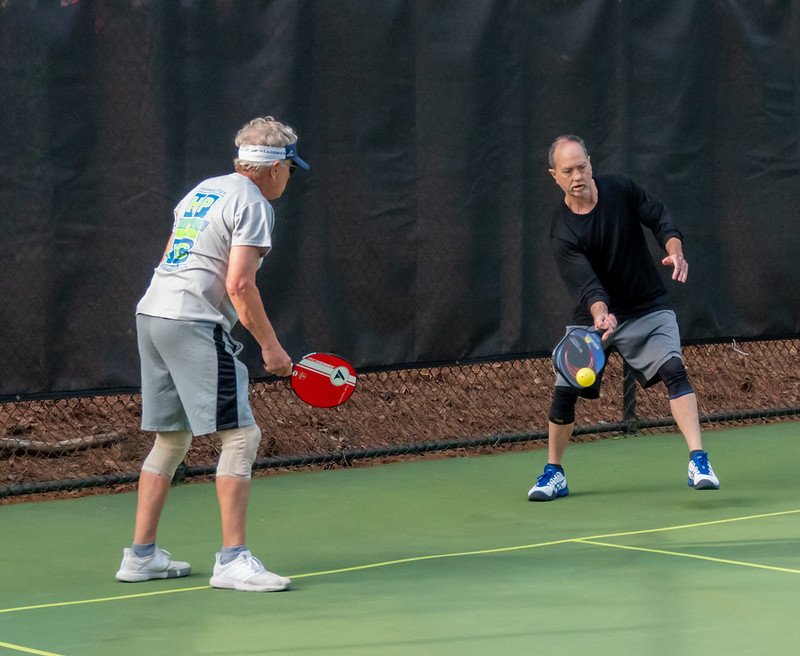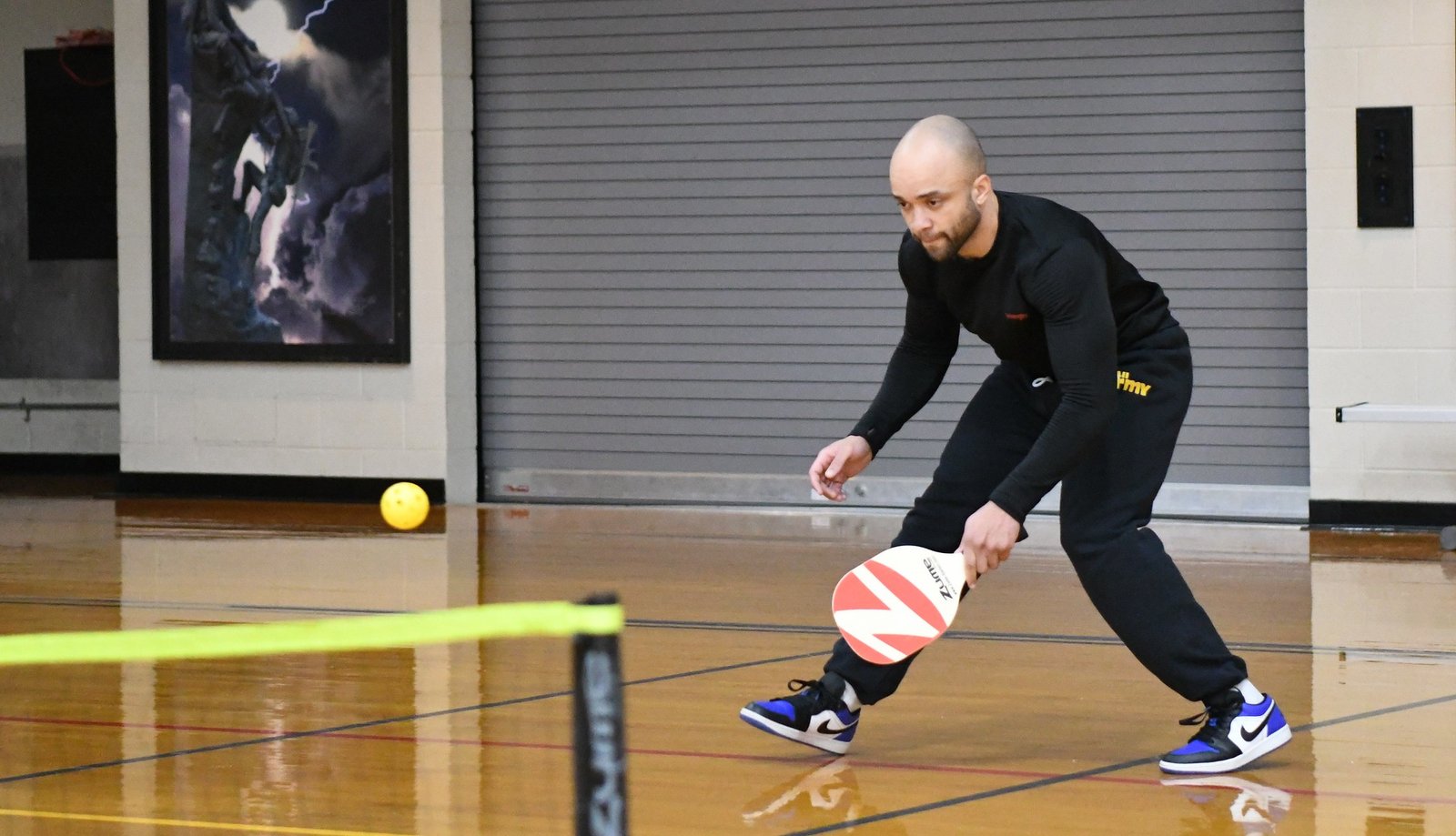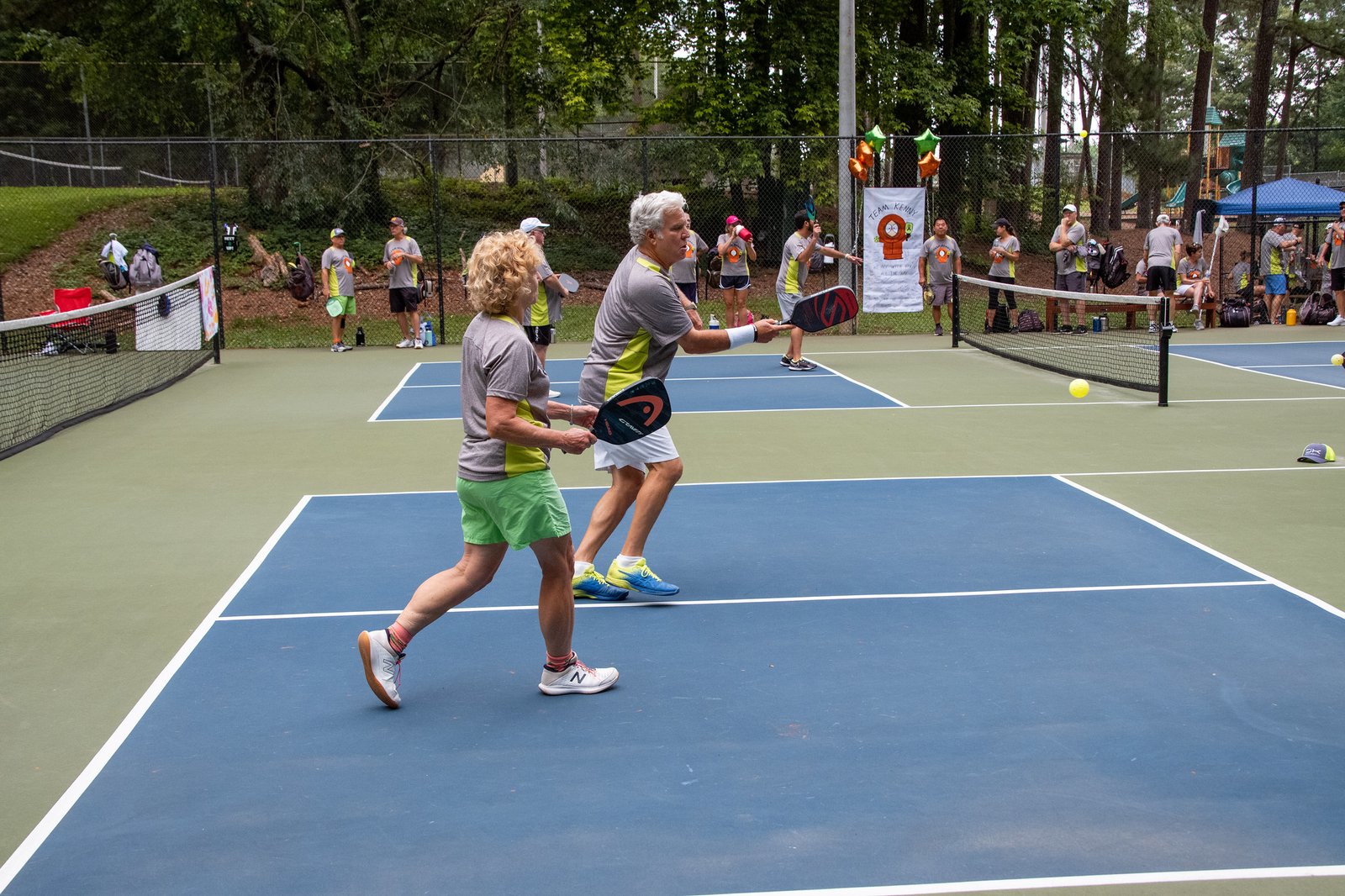In the exciting world of pickleball, mastering the art of handling hard can be the key to gaining a competitive edge. We will delve deep into the strategies and techniques to help you return those challenging serves and elevate your overall pickleball game.
Pickleball has gained immense popularity for its unique blend of tennis, badminton, and table tennis elements, making it a fast-paced and engaging sport for players of all ages and skill levels. One of the critical aspects of this sport is the service – a moment that can determine the course of a match. Hard serves, in particular, can pose a significant challenge, as they come at you with pace and spin, demanding quick reflexes and precision.
Throughout this comprehensive guide, we will explore how to play pickleball, focusing on the pickleball service and the intricacies of the hard serve. Whether you’re a beginner looking to improve your skills or an experienced player seeking advanced techniques.
We aim to equip you with the knowledge and confidently ensure that even in the event of a minor mishap, such as a net touch, players can maintain the flow of the game and continue to engage in spirited rallies with their opponents. The rule underscores the importance of accuracy and skill in this dynamic sport while allowing occasional second chances to keep the game fair and enjoyable.
Table of Contents
What is a soft serve in pickleball?
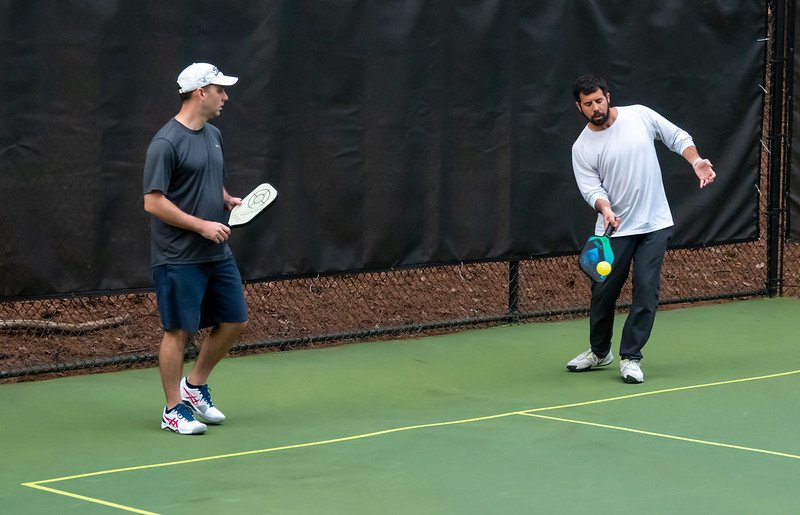
In pickleball, the soft angle serve represents a key element in diversifying one’s serving strategy. Comprising the trio of primary serve types, the soft angle serve stands out for its distinctive characteristics.
The soft serve technique emphasizes precision over power, employing a gentler touch to deliver accurate shots.
When executed with finesse, this serve gracefully descends close to the kitchen line and aligns itself with the sideline. This positioning introduces a layer of complexity and unpredictability to the game.
What truly distinguishes the soft angle serve, however, is the subtlety with which it guides the ball’s trajectory. By harnessing the perfect blend of precision and touch, the bounce of the ball orchestrated by this serve should propel the sphere beyond the boundaries of the court, confounding opponents and adding an invaluable dimension to one’s pickleball repertoire.
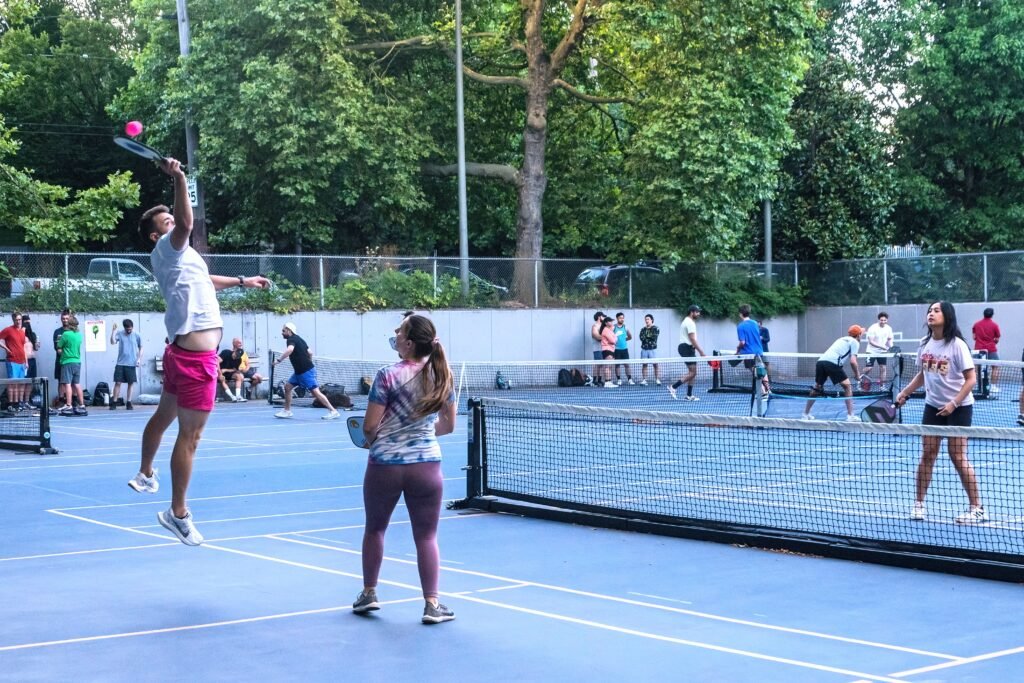
How many types of serves are there in pickleball?
Players can choose from two official kinds of serves, each with its distinct characteristics:
Pickleball Volley Serve (Traditional Serve)
This serve is the more conventional of the two and serves as a solid foundation for beginners in the sport. The beauty of the traditional serve lies in its ability to provide a higher contact point, enabling players to execute a more aggressive serve. To perform a pickleball volley serve, players must either toss the ball into the air or drop it before making contact with their paddle.
Crucially, the ball must not touch the ground or bounce against the court before the paddle strikes it. Whether you toss the ball and let it drop or simply release it from your hand, both techniques are permissible and contribute to the variety of strategies in the game.
Pickleball Drop Serve
This serve introduces a new dimension to pickleball serving rules and was designed to accommodate players who may struggle with hitting the ball when tossed directly from their hand. The drop serve grants players the unique advantage of allowing the ball to bounce off the court before striking it. This bounce will enable players additional time to position themselves effectively for the serve, making timing the contact more manageable.
To execute a pickleball drop serve, you are permitted to drop the pickleball from any height you deem natural, offering flexibility in your serving approach. Typically, Players opt for a higher release point, resulting in a higher bounce. Once the pickleball has contacted the court and bounced, you must execute the Serve. This serve is distinguished by its fewer restrictions, primarily because the ball’s bounce typically doesn’t exceed the server’s navel height, assuming all rules are meticulously followed.
These two distinctive types of pickleball serve not only to cater to various skill levels but also add an element of strategy and choice to the game, contributing to the sport’s dynamic and diverse nature. Players can select the serve that aligns best with their style and strengths, making pickleball an engaging and ever-evolving sport.
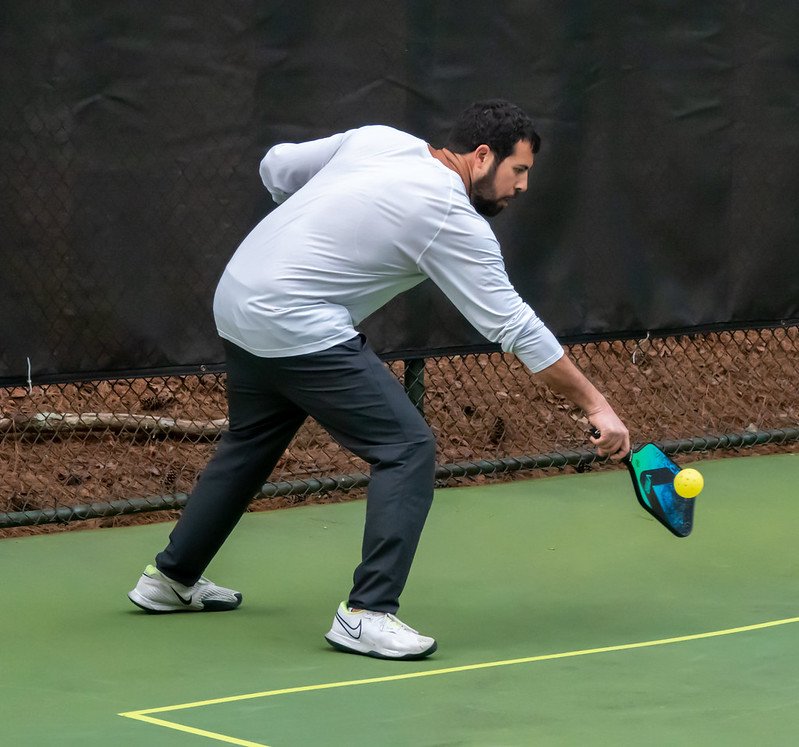
How do you pick a hard serve?
Choosing a hard serve in pickleball requires preparation, anticipation, and skill. Here’s a step-by-step guide on how to pick a hard serve:
Preparation and Stance
Start by positioning yourself correctly on the court. Your feet should be shoulder-width apart, knees slightly bent, and body weight evenly distributed. Hold your paddle in both hands with a firm grip. Being in the correct stance and ready position is essential to react quickly to the incoming serve.
Tracking the hard serve
As your opponent prepares to serve, focus intently on the ball. Watch its movement from the moment it leaves its paddle. Track its trajectory and anticipate where it will land on your side of the court. This tracking is crucial for making quick decisions.
Decision-Making
As the ball approaches, assess your options. Decide whether you want to hit a hard serve in response. Factors to consider include your position on the court, the angle of the incoming ball, and your opponent’s positioning. If you have an opportunity for a hard serve, make that choice.
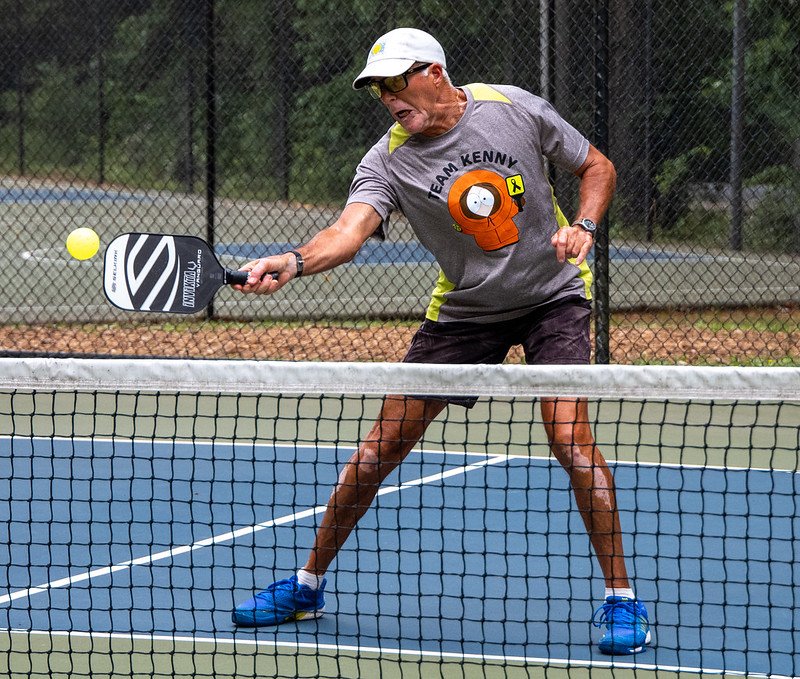
Execution
Once you’ve decided to go for a hard serve, it’s all about execution. Ensure you strike the ball in the sweet spot of your paddle, typically around the center. Use your legs and core to generate power, and follow through with your swing. The force you apply should be appropriate to send the ball back as a hard serve while maintaining control and accuracy.
Placement
In addition to hitting the ball with power, consider the order of your hard serve. Aim for areas on your opponent’s side of the court that are difficult for them to reach or return effectively. Corners, sidelines, or deep serves can be strategic choices depending on the situation.
Practice
Developing a consistent and powerful hard serve takes practice. Spend time honing your skills through drills and match play. Work on your technique and timing to become more proficient at selecting and executing hard serves when needed.
We have provided a comprehensive roadmap to enhance your skills and confidence on the court. We’ve delved into the world of how to play pickleball, emphasizing the crucial aspects of the pickleball service and the intricate techniques required to handle hard serves effectively.
Remember that pickleball is not just a game of strength; it’s a game of strategy, precision, and adaptability. With the insights and techniques you’ve gained here, you’re better equipped to tackle any hard serve that comes your way. From understanding the mechanics of the pickleball service to refining your footwork and paddle control, you now have the tools to thrive in competitive matches.

Our mission has been to empower you with the knowledge and skills needed to become a more formidable opponent and enjoy the thrill of pickleball. So, step onto the court, knowing you can handle hard serves and play the game you love at your best.
As you continue your journey in pickleball, keep refining your techniques and practicing diligently, and staying open to new strategies. The thrill of the game lies in its constant evolution, and your dedication to improving your skills will make you a standout player.
Thank you for joining us in this exploration of handling hard serves in pickleball. We wish you many exciting matches, successful pickleball services, and confident returns. Remember, the key to success is not just in the serve but in how you handle it, and now you’re well-equipped to do just that. Play on and enjoy every moment on the pickleball court!
